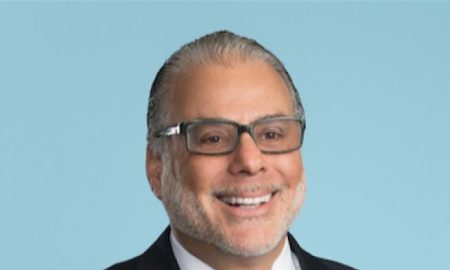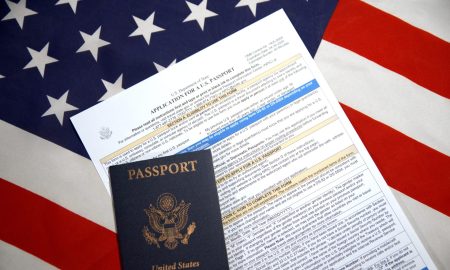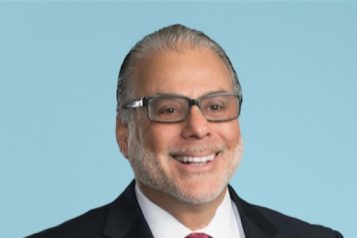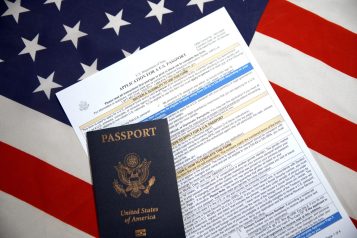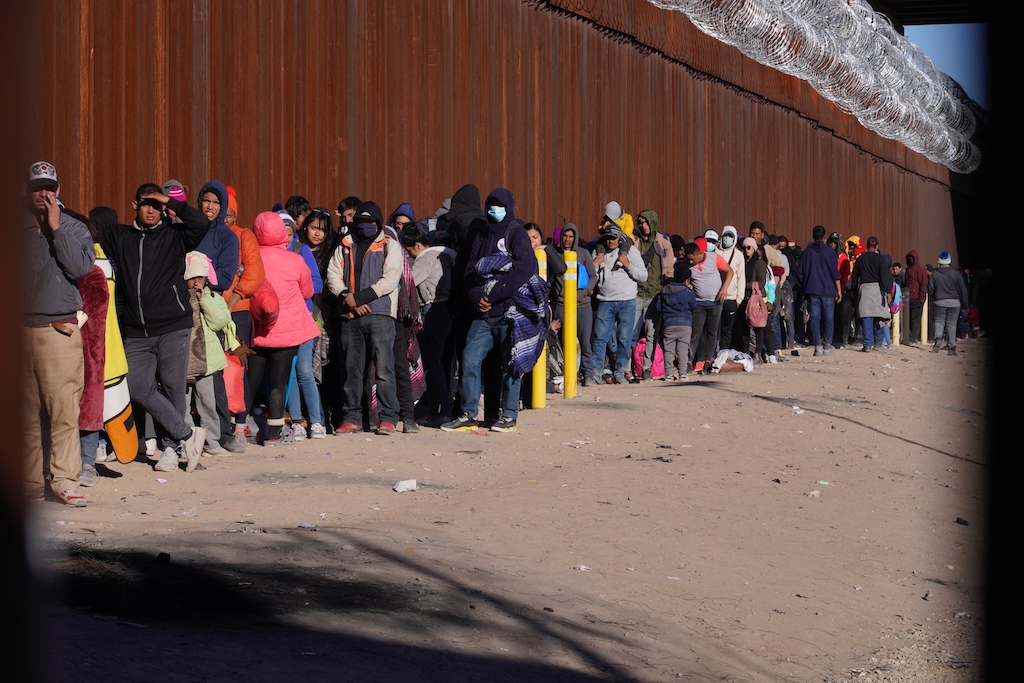
In the complex landscape of U.S. Immigration Court and federal district court cases, attorney Christopher Helt, Esq., a nationally recognized deportation defense expert, plays a pivotal role in empowering immigrants through legal advocacy. As we delve into the immigration paradox – a situation where the United States grapples with a historic influx of migrants at its southern border while dealing with varying public sentiments and government responses – Helt provides invaluable insights and a nuanced perspective.
Understanding the Migration Dynamics
The numbers are staggering, with more than 3.2 million people entering the U.S. illegally nationwide in fiscal 2023. These figures, revealed in the latest data from U.S. Customs and Border Protection, signify an all-time high. To fully grasp the magnitude of this issue, it is essential to delve into the statistics:
– Over 3.2 million individuals were apprehended while entering the U.S. illegally in fiscal 2023.
– The month of September recorded the highest number of apprehensions, with 341,392 cases.
– These figures exclude a shadow population referred to as “gotaways,” individuals who deliberately evade law enforcement and do not return to Mexico or Canada.
This complex scenario is further underscored by preliminary data that suggests a minimum of 769,174 gotaways entered the southwestern border in fiscal 2023. Projections indicate that this number could surpass one million. The true extent of undetected entries remains a challenge, as many go unreported and unaccounted for.

Christopher Helt’s Insights
As an immigration attorney, Christopher Helt provides a compelling perspective on the issue of immigration and the ongoing surge of migrants arriving at the southern border of the United States. His insights emphasize that migrants come for environmental, social, or political reasons, and often a combination of these factors. This understanding of “push and pull” factors is pivotal in comprehending the dynamics of migration.
Helt further highlights the positive contributions of migrants to the labor market. With record unemployment lows, migrants have filled essential job vacancies where American workers have not been readily available. Their presence has allowed the U.S. economy to continue growing by providing vital manpower.
Research contradicts the notion that immigrants take American jobs. It indicates that foreign-born migrants do not displace American workers and are more likely to participate in the labor force. In this context, immigrants have played a vital role in powering the U.S. economic recovery, particularly by swiftly returning to work after facing job losses during the pandemic.
Comprehensive Perspective on Challenges
The issue of migration extends beyond the southern border, with individuals arriving from over 170 countries. Even the northern border, though not as heavily impacted, has reported increased apprehensions. The Swanton sector, encompassing multiple states, recorded apprehensions exceeding the sum of the previous 11 years combined.
However, the U.S. faces a multifaceted challenge, with concerns about national security coming to the forefront. In particular, the highest number of known suspected terrorists in U.S. history was apprehended. Additionally, a record number of criminal noncitizens were detained. While most migrants do not pose security threats, the sheer volume of entrants necessitates stringent vetting and law enforcement efforts.
NIMBY and Northern States’ Responses
The arrival of migrants in northern states and cities has sparked a “Not In My Backyard” (NIMBY) attitude, eliciting mixed reactions from local residents. While there’s a shared desire to assist newcomers, practical concerns about resource allocation and the city’s preparedness have surfaced. Chicago’s situation serves as an example of these challenges, as the presence of migrants has generated division within the city. Questions are being raised about the city’s readiness to provide essential services to thousands of new immigrants, with funding primarily reliant on taxpayer dollars, raising concerns about the financial strain on the local population.
In a move to address the surge of migrants, New York City Mayor Eric Adams is implementing a strategy to offer migrants one-way plane tickets to their preferred destinations. He emphasizes that this approach is more cost-effective than accommodating them in shelters for extended periods. Simultaneously, he is cautioning that those choosing to stay in the city may face the possibility of sleeping outdoors as shelters near capacity. The Mayor’s recent actions involve directing individuals vacated from city shelters to a dedicated Manhattan office for booking plane tickets, which has introduced additional uncertainty for newcomers. While critics argue that this strategy lacks compassion, the city contends that it’s a necessary measure, particularly given the continuous rise in the migrant population.

The influx of migrants challenges the United States in complex ways, yet it also embodies the nation’s historical role as a sanctuary for those in need. Finding a balanced and compassionate approach that addresses concerns while harnessing the benefits of immigration is the collective task at hand. The immigration paradox calls for nuanced solutions that encompass border security, humanitarian treatment, and economic integration. It is a journey towards a brighter future, benefiting both newcomers and the nation as a whole.









